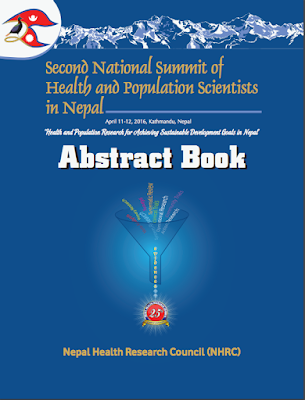You work hard to lose weight, but the pooch won't budge. Our friends at Shape share some reasons as to why this is happening.
You can work out like a champ, eat virtuously, and get sound sleep but still stay thick around the middle. Blame some newly discovered triggers that undermine your slim-down efforts by making you pack on the belly flab. Take note, and trim down.
Living on a Busy Street
Regular exposure to traffic noise makes you 29 percent more likely to have a bigger waistline, according to findings in Occupational & Environmental Medicine. Other research found that such noise may spike your cortisol, a hormone associated with ab fat. Three suggestions for you: Drown out the noise by playing soothing music (studies revealed that such tunes lower cortisol levels), muffle the clamor with a background- noise machine, or pop in noise-canceling earbuds when you need to focus.
Your Fizzy Drink Habit
Ironically, people who sip the no-cal stuff in an effort to cut calories are actually more likely to gain belly fat. Diet soda drinkers who averaged about a can and a half a day packed 3.2 inches onto their waistlines over the course of nine and a half years, while those drinking fizzy drinks gained less than an inch, a recent study at the University of Texas Health Science Center found. One reason is that artificial sweeteners prevent the brain from registering satiety, thus increasing cravings for sweets, so you end up eating more, says study author Helen Hazuda.
 |
| Reasons You Might Not Be Able to Lose Belly Fat |
Source: Shutterstock




























